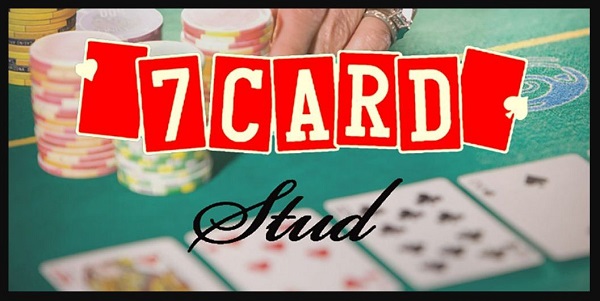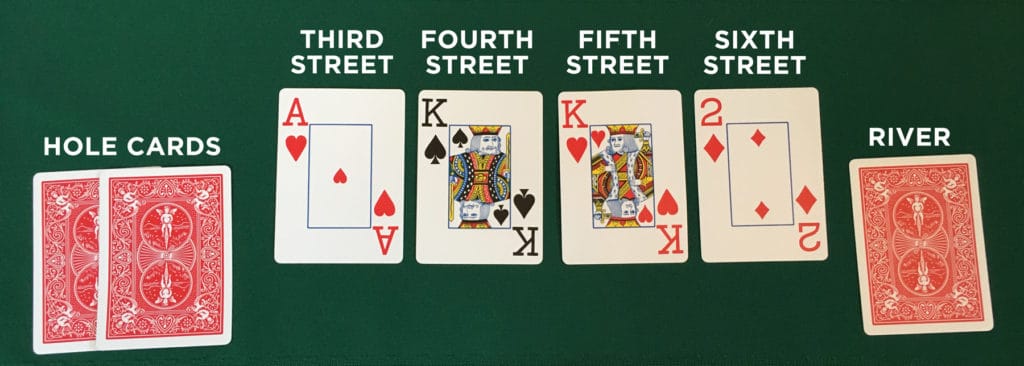Beginner’s Guide to Stud Poker: Mastering the Basics and Strategies

Welcome to the exciting world of Stud Poker, a popular variant of poker that combines skill, strategy, and a bit of luck. This comprehensive guide is designed for beginners aged 25 to 65, aiming to introduce the fundamental concepts, rules, and strategies of Stud Poker. Whether you’re new to poker or looking to expand your knowledge, this guide will provide valuable insights to enhance your gameplay.
Understanding the Basics of Stud Poker
Stud Poker is a non-positional poker game with a mix of face-down and face-up cards. The game can be played in several variations, with the most common being 5-Card Stud and 7-Card Stud. Each player receives a combination of hidden (hole) cards and visible (door) cards, with betting rounds in between.
The objective in Stud Poker is to create the best possible hand according to the traditional poker hand rankings. The game starts with an ‘ante’, a small bet all players contribute before the hand begins. This is followed by each player receiving their cards, with the first betting round starting thereafter.
Understanding the order of play, hand rankings, and betting structure is crucial to becoming a proficient Stud Poker player.
Key Rules and Gameplay in Stud Poker
In 5-Card Stud, players are dealt one hole card and one door card initially. Betting follows, and then more cards are dealt face-up with betting rounds after each card. In 7-Card Stud, players receive two hole cards and one door card initially, followed by more face-up cards and betting rounds, and finally a seventh card is dealt face-down.
One of the critical aspects of Stud Poker is ‘bringing in’, where the player with the highest or lowest door card begins the betting. The game progresses with each player having the opportunity to bet, call, raise, or fold when it’s their turn.
Bluffing and reading opponents are vital components of the game. Paying attention to the visible cards and opponents’ actions can give valuable clues about their hand strength.
Effective Strategies for Stud Poker Beginners
Starting hand selection is crucial in Stud Poker. Play strong starting hands and fold weak ones early. Good starting hands in 7-Card Stud, for example, include three of a kind, pairs, and three suited or consecutive cards.
Observation is key. Keep track of the cards that have been shown and adjust your strategy based on the cards still available. This is known as ‘card memory’.
Managing your bankroll and betting wisely is essential. Don’t chase cards with low probability of winning and be cautious of over-betting.

Common Mistakes to Avoid in Stud Poker
New players often make the mistake of playing too many hands. Being selective with your starting hands can significantly improve your chances of winning.
Ignoring opponents’ visible cards is another common error. Always be aware of potential hands your opponents could have.
Avoid predictable patterns in your play. Vary your betting and playing style to keep your opponents guessing.
Conclusion
Stud Poker is a challenging yet rewarding game that offers a unique blend of skill, strategy, and psychology. For beginners, mastering the basics, practicing effective strategies, and learning from each game are crucial steps to becoming a skilled player. With patience and practice, you can enjoy the thrill of Stud Poker and potentially reap the rewards of your efforts.



